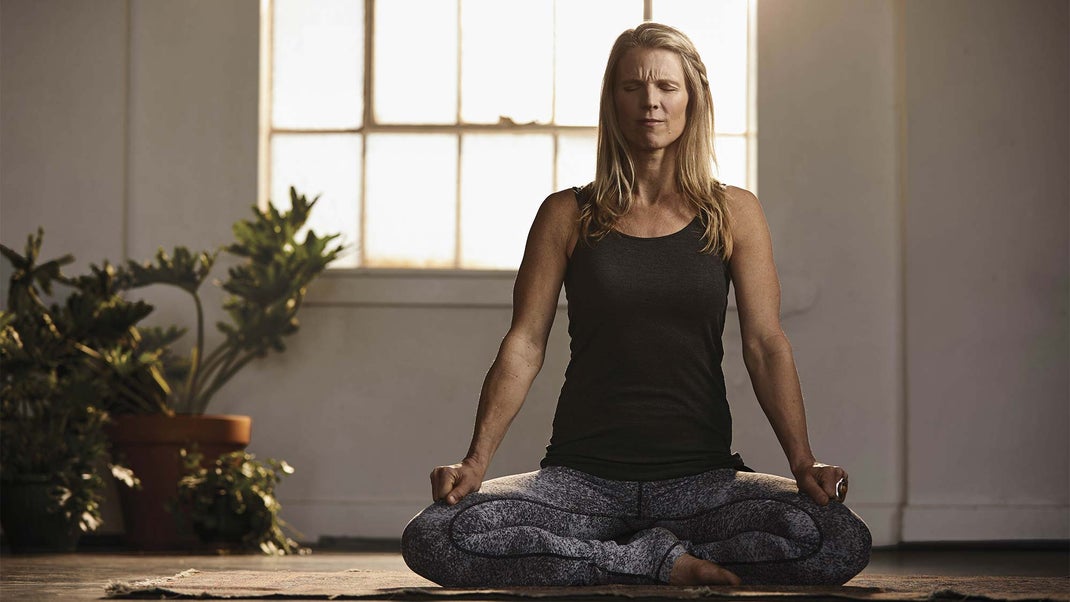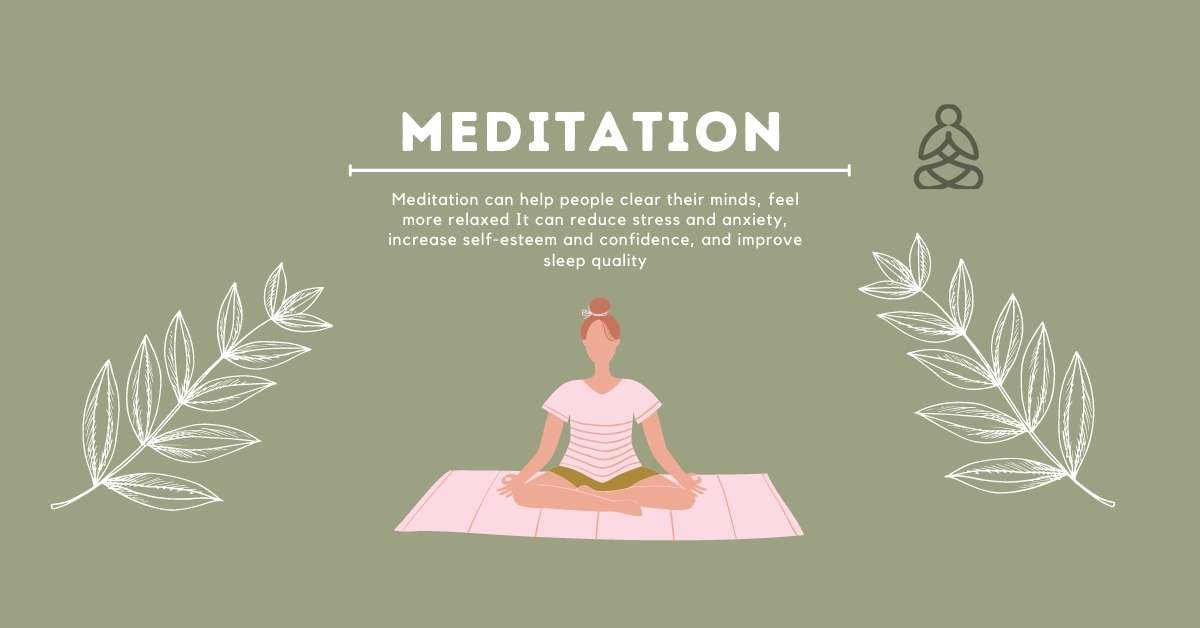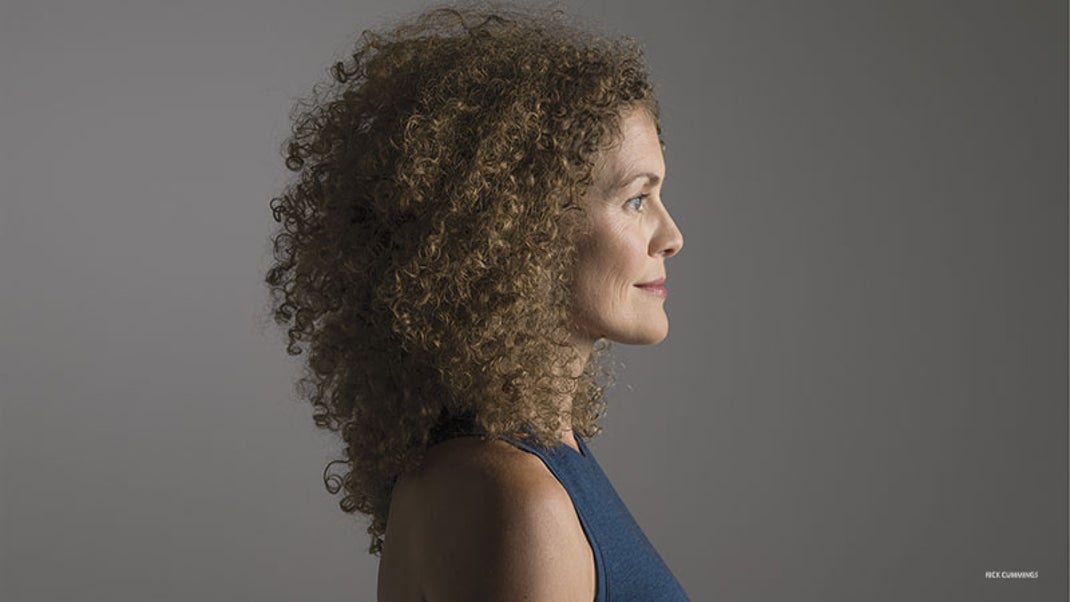In this article, we will discuss the dark side of meditation. Getting stuck with emotional pain from the past can be a very serious issue that some people may not think about when it comes to meditating. However, there are ways to avoid getting caught up in thoughts and feelings that could lead to depression or other problems.
For many months after the ordeal ended in 2014, Jane Miller * was haunted by her stalker, a man she had initially befriended, but who then tormented her and threatened her life. The nightmare was tumultuous for Miller and her husband, and the cloud of sadness, shame, fear, and anxiety had a devastating effect on her life. She fought the urge to stay in bed all day. Blinds closed and curtains drawn, she kept even the tiniest sliver of sunlight from penetrating her fortress. She only left her house for necessities.
Miller’s psychiatrist diagnosed her with post-traumatic stress and depressive disorders. Her therapist recommended that alongside regular therapy sessions she take a 12-week mindfulness meditation class to help her reclaim her life. Knowing she needed to do something to find peace of mind, she signed up and started the class full of hope.
‘I Was Having a Micro-Flashback’
Yet when she sat on her mat for the first time as the teacher began the class, her anxiety rose to the surface. She started sweating. Her heart began to race, and she was gripped by debilitating fear. “When class started that first day, a lot of negative self-talk flooded in. I closed my eyes, and silent tears started streaming down my face—and they wouldn’t stop. I felt so afraid; I didn’t want to open my eyes,” Miller recalls. “I was having a micro-flashback. It would tug at me, saying, ‘Remember this happened,’ or, ‘Remember, you did this.’ I didn’t have the necessary tools to work through traumatic flashbacks at that point.”
Despite the frightening episode, Miller returned to the class the following week hoping to experience the kind of healing and sense of calm she thought meditating would provide. The environment and the feeling of anonymity mostly felt safe. Yet each time she closed her eyes and listened to her mind and body, she’d quickly become ensconced in a traumatic episode, burrowed in a cocoon of shame. “I wasn’t ready to allow myself to heal,” she says. “I felt like I didn’t deserve to. I’d start to feel vulnerable, like the class knew my story, even though they didn’t. It was very hard to even make eye contact with people after the class had ended,” she says. “I would roll up my mat quickly, make myself as small as possible, and leave.”
Class after class for 12 weeks, Miller fought her way through each meditation. Desperate for an outlet that would help her heal, she stuck with it and even tried other classes on offer, such as restorative yoga. To her surprise, she was never approached by her meditation teacher, and the potential for these kinds of emotional responses during meditation was never addressed in any way. “In yoga class, we were offered modifications for physical limitations or if something didn’t feel good. But in meditation class, there was no recognition of potential mental limitation or injury,” she says.
Ultimately, Miller was glad she finished the class because it led to her finding the mantra she’d eventually use on a regular basis: May I find ease; May I be well; May I be healthy; May I be happy; May I live in lovingkindness. Yet Miller wishes she had been forewarned that trauma survivors can experience flashbacks, dissociation, and even retraumatization during and after meditation—an awareness that may have helped her feel less afraid during those initial meditation sessions. “An anonymous questionnaire at the start of class asking, ‘What are you here for?’ may have been helpful,” she says.
Despite meditation’s ever-increasing popularity, warnings about the practice’s more difficult moments are rarely issued. Over the past decade, meditation has grown in popularity in the West, first at a steady pace and then at a sprint. For a society that’s overcaffeinated and overstimulated, mired in 60-hour workweeks, and juggling too many proverbial balls, meditation practices are often talked about collectively as a panacea for so many of the things that ail us. It promises to increase focus, productivity, and self-awareness while decreasing stress and anxiety. But that’s not the whole story.
Miller’s experience is not an anomaly, says Anna Kress, a clinical psychologist in Princeton, New Jersey, who teaches meditation techniques to her clients. She warns that we need to be more cognizant that there is a much broader range of responses to meditation than most people are aware of.
Willoughby Britton, Ph.D., assistant professor of psychiatry and human behavior at Brown University agrees, noting that the potential negative effects of meditation—including fear, panic, hallucinations, mania, loss of motivation and memory, and depersonalization—can be distressing at best and debilitating at worst. David A. Treleaven, Ph.D., author of the new book Trauma-Sensitive Mindfulness: Practices for Safe and Transformative Healing, says this potency meditation holds cannot be understated or underestimated by teachers or practitioners. “Meditation is a practice that can elicit challenging or adverse responses,” he says. “While many people benefit from meditation, some won’t.” When Britton first encountered some of the negative effects of meditation, she realized that part of the problem was lack of information and overemphasis on benefits.
“In 2006, when I was doing my residency, I worked at an in-patient psychiatric hospital, and there were two people who were hospitalized after a 10-day retreat at a meditation center nearby,” she says. “It reminded me that meditation can be serious and that someone should study [that side of it].”
The Power of Meditation
Studies regularly published in scientific journals tout meditation’s vast capabilities—including its positive effects on conditions such as irritable bowel syndrome, fibromyalgia, and PTSD—and its promise to help us cope with all-time-high levels of stress, depression, anxiety, phobias, and other mental health issues. As a result, we’ve seen an increase in the popularity of mobile meditation apps like Headspace, Simple Habit, and Insight Timer, which offer guided practices. There’s also been a surge in boutique and franchise meditation studios, like MNDFL on the East Coast and Unplug Meditation on the West Coast, and now meditation retreats are commonly accepted as vacation options or corporate getaways. “The cultural pressure to meditate is very high right now,” says Kress. “But not every meditative experience is a positive one.”
During her residency, when Britton began encountering anecdotes of meditation’s negative effects, she looked for scientific research to explain what she was hearing—and came up short. “I started informally asking teachers about the kinds of issues and responses they’d seen and encountered,” she says.
When she realized negative reactions to meditation were prevalent, Britton decided to formally study it. “It was clear that a lot of people knew about these potential effects and weren’t really talking about it.”
She believes one of the reasons the darker side of meditation is being, well, kept in the dark is financial. “Mindfulness is a multi-billion-dollar industry,” she says. “One of the teachers I interviewed for my research actually said, ‘This isn’t good advertising.’”
Plus, says Britton, many people feel a lot of shame about negative meditation experiences, which speaks to the overhyped advertising that meditation is good for everything. It’s often portrayed that “if you have problems meditating, then you’re a super loser because it’s the best thing ever,” she says.
When Meditation Becomes Distressing
When darkness falls Britton set out to investigate meditation-related experiences, specifically those that were described as challenging, difficult, distressing, functionally impairing, or requiring additional support. Her study, published in the Public Library of Science One journal last spring, looked at nearly 100 interviews with meditation teachers, experts, and practitioners of Western Buddhist practices—including Theravada, Zen, and Tibetan traditions—many of whom reported challenging meditation experiences.
The majority (88 percent) of the meditators in the study reported that these experiences had an impact on their lives beyond their meditation sessions. A whopping 73 percent indicated moderate to severe impairment (meditating prompted a reaction or result that kept them from living their normal, daily lives), 17 percent reported feeling suicidal, and another 17 percent required inpatient hospitalization for psychosis.
Though anyone can experience a negative effect of meditation, trauma survivors can be particularly susceptible, says Kress. “The first reason is that trauma survivors usually avoid distressing memories or feelings associated with the trauma—and meditation often involves leaning toward our internal experiences, which includes difficult thoughts and sensations,” she says. The second reason is that trauma may prompt feelings of shame “that can make it difficult to access self-compassion,” she says. “Sometimes in meditation, it is the first time someone is asked to direct loving feelings toward themselves. This can be a very difficult thing to do, and it can result in feeling emotionally overwhelmed.”
This kind of leaning in toward difficult emotions can prompt tough stuff to come up for anyone, not just trauma survivors, says Britton. Adding to the complexity is that it’s difficult to predict who might experience a negative response. Britton’s study identified more than 50 types of negative experiences, which means the vast array and scope of what can come up can make it hard for teachers and practitioners to know what’s normal, as well as when someone may need additional support during or after meditating.
How to Find the Support You Need
One of Treleaven’s major goals in writing Trauma-Sensitive Mindfulness was to provide teachers and practitioners with some basic scaffolding to understand what to look for so they are better equipped to offer modifications to meditation practice. Kress says that there are a handful of important signs for teachers to look for that indicate a meditation student may be having a traumatic reaction. The common ones include prolonged crying, which may be silent but uncontrollable; shortness of breath; trembling; clenched fists; skin turning red or pale; and excessive sweating.
“Giving people who have experienced trauma a sense of choice is very important,” says Kress. “What that means is they get to choose when, how, and where they want to turn toward pain and when they want to get distance from it. I let people know that if they want to leave their eyes open, that’s fine, or if they need to take a break, that’s fine, too.” Britton adds that these kinds of modifications are important for teachers to know and offer—to help cover the disconnect that exists between practitioners who are being told meditation can be utilized for mental-health reasons and the negative responses they may experience.
“People are expecting meditation to be like a mental-health treatment, but the people who are operating most of the classes aren’t typically trained in mental health. That’s something that we, as a field, need to figure out,” says Britton, adding that most people don’t know what types of practices will benefit which ailments or goals.
For example, someone looking to use meditation to help alleviate work-related stress would likely want to pursue a very different kind of practice than someone who is facing residual trauma from a sexual assault.
To that end, Brown University recently opened a Mindfulness Center, to help figure out how the reported effects of mindfulness on health are actually working. One big focus of the center is a consumer advocacy and helping people who are interested in meditation find the right kind of program.
But even though meditation may not always feel good, that doesn’t mean you shouldn’t meditate, says Kress. “Even experienced meditators can have a negative meditative experience and will need to find resources outside of meditation to process whatever arises in a healthy and healing way,” she says. For some people, a 10-minute guided meditation on an app is perfect; for others, learning meditation and mindfulness skills with a therapist is more appropriate.
As more diluted and tangential versions of meditation continue to arise, it’s important for practitioners, especially beginners, to remember that the practice has a long history in which students learned from a teacher—a highly trained meditation master who provided guidance. In its purest form, meditation was grounded in religious, spiritual, and philosophical purposes, not solely as a means of finding relaxation and inner peace.
“These days, we often just want to feel better, but we don’t have a sense of what we’re trying to achieve,” says Britton. “We also throw the term ‘mindfulness’ at everything. Oftentimes, people start meditating and they’re not necessarily clear whether the practice they’ve chosen is really the best match for the goal that they have.”
For Miller, that’s the kind of cautionary advice that may have helped her avoid being blindsided by the resurgence of her trauma and pain. It may not have spared her from the emotions that surfaced, but she says she would have been more prepared.
Conclusion:
For Miller, that’s the kind of cautionary advice that may have helped her avoid being blindsided by the resurgence of her trauma and pain. It may not have spared her from the emotions that surfaced, but she says she would have been more prepared.



